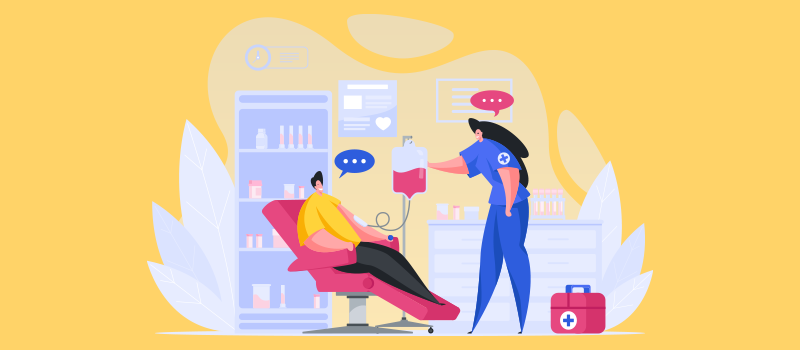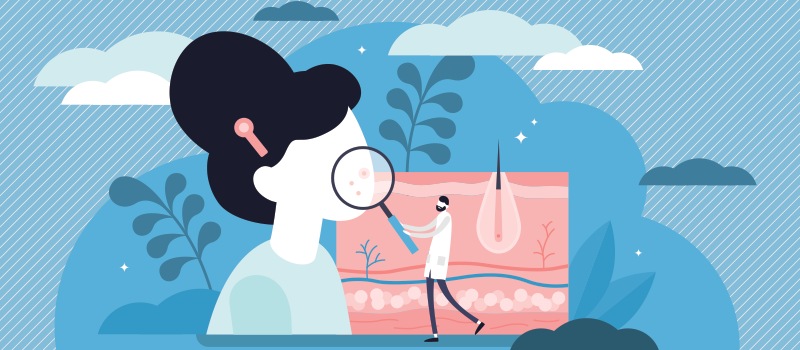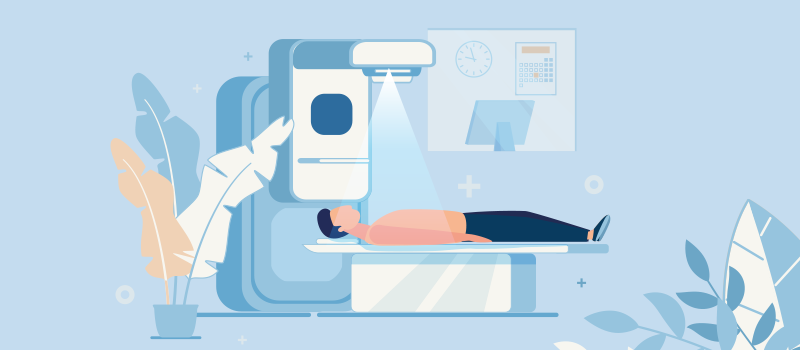What’s the Buzz
The Bee Healthy Blog
How Long Does It Take for Chemo to Start Working?

Chemotherapy treatment, called “chemo” for short, is one of the oldest forms of cancer treatment. Doctors use chemotherapy drugs to kill cancer cells and cure cancer, control cancer and lessen the chances of it returning or spreading, or shrink tumors and ease cancer symptoms like pain.
However, while chemotherapy treatments can destroy cancer cells, they can also cause severe side effects.
Please continue reading to learn more about how long it takes for chemo to start working. Also, find out how long chemotherapy side effects take to go away after cancer treatment. We will also talk about how to tell if your chemotherapy cycles are working.
How does chemotherapy work? Does it kill cancer cells?
Chemotherapy drugs work by stopping or slowing the growth of cancer cells. These medications target cells that grow and divide quickly.
Unlike surgery or radiation therapy which targets specific areas, chemotherapy treatment can work throughout the body. Therefore, chemotherapy drugs can also affect fast-growing healthy cells, such as cells in the skin, hair, intestines, and bone marrow.
That’s why chemo causes side effects like hair loss, nausea, vomiting, appetite changes, anemia, and easy bleeding.
How long after starting chemo do you start feeling better?
As mentioned, chemo can cause severe side effects. How long these side effects last depends on your chemotherapy treatment plan, i.e., which medications and how many treatment cycles you receive.
Every patient is different, but it generally takes around two months to recover for every one month of prescribed chemotherapy treatment. At this time, your energy should return, and you should start to feel like your old self again. Nausea and vomiting from chemo can last for 2-3 weeks after the last treatment session.
How long does chemo take to shrink a tumor?
For chemotherapy drugs to shrink cancer tumors, the medications have to first reach the cancerous cells. Doctors cannot predict exactly how long this process will take after treatment starts because each patient’s body responds differently to the medications. Nonetheless, some types of chemotherapy are faster acting than others.
Oral Chemotherapy Drugs
These are chemotherapy drugs in the form of pills, capsules, or liquids that you take by mouth. You can take this type of chemo at home. When you ingest oral chemotherapy drugs, it can take some time for the body to digest them and for the drugs to enter the bloodstream.
Topical Chemotherapy Medications
These are chemotherapy medications that you rub directly onto the skin to kill cancerous cells. This type of chemo cuts down the harm to healthy cells. Topical chemo is in the form of creams, ointments, and gels. It can take several 4-6 weeks or longer for these medications to work.
Intravenous (IV) Chemotherapy
During IV chemotherapy treatments, the medications are put directly into your bloodstream through an IV line (a needle is introduced into a large vein, and a soft plastic tube called a catheter is left in place through which you receive chemotherapy). There are several methods of giving intravenous chemotherapy, including IV push, IV infusion, and continuous infusion that can take anywhere from a few minutes to several days to complete.
How long do you need to take chemotherapy drugs?
On average, chemotherapy treatments take 3-6 months to complete. This can vary depending on the type of cancer, the stage of cancer, and the specific chemotherapy drugs being used.
You may need one or more treatment cycles lasting 2-6 weeks each with a rest period in between. For instance, you might get chemo daily for 1 week, followed by 3 weeks off before starting a new cycle.
This approach is designed to destroy cancer cells and give the body time to recover and make healthy cells.
How many chemo treatments before you see results?
Cancer care is highly individualized, and it is impossible to predict an exact timeline or say how many chemotherapy treatments a particular patient will need.
Your chemotherapy plan will depend on the type of cancer you have, where it is located in your body, the stage of your cancer, the type of chemotherapy medications being used (for example, targeted therapies or adjuvant chemotherapy), and the reason for the chemotherapy treatment (to cure your cancer, to prevent its spread, or to alleviate cancer symptoms). It will also depend on your other health conditions and general health status.
Your oncologist (cancer specialist) will adjust the treatment plan based on how your cancer responds to the chemotherapy (complete response versus partial response or stable disease versus disease progression). The number of chemo treatments will also depend on how well you tolerate the first and subsequent treatments.
Your oncologist and oncology nurse will help you understand the exact treatment plan before your first chemotherapy appointment.
How do you know chemotherapy treatment is working?
It depends on the type and stage of the cancer. You might notice an improvement in cancer symptoms, such as less pain, reduced lymph node swelling, and improved energy levels. If you use topical chemotherapy on skin lesions, the area might feel irritated and look red and swollen for the first few weeks. These are all signs that chemotherapy is working.
In addition, doctors use different methods to assess whether chemotherapy is working, such as:
- A physical exam in your doctor’s office to check whether palpable lymph nodes or lumps have shrunk in size.
- A blood test such as a complete blood count (CBC) to measure red blood cells, white blood cells, and platelets.
- Imaging tests like MRI or CT scan to see whether cancer tumors inside the body have shrunk, grown, or spread to other parts of the body.
- Tumor marker tests that measure the amount of cancer cells in your blood, tissues, urine, etc.
What are the signs that chemo is not working?
When cancer cells are not responding to chemotherapy, a tumor can grow instead of shrinking, cancer can spread to other parts of the body, and your cancer symptoms can return or become more severe.
Can cancer spread while on chemo?
Unfortunately, yes, cancer can spread during chemotherapy. While a treatment course with chemotherapy is one of the most successful ways of treating cancer, it is not always successful. The spread of cancer during or shortly after a chemotherapy session can mean that the tumor is growing. It could also mean that while the original tumor has shrunk, the cancer has spread to other areas of the body — this process is called metastasis.
The Bottom Line
Certain cancers are incurable, but many cancers can be cured with treatments like chemotherapy, radiation therapy, surgery, and other therapies. In general, cancer treatment with chemotherapy lasts several months and consists of multiple treatment cycles with a rest period of several weeks between cycles.
How soon chemotherapy will start working, the number of chemo cycles you will need, and the duration of each cycle depends on many factors, including the type of cancer, the chemotherapy drugs, and the method of administration.
It is very common to feel worried during chemotherapy treatments and follow-up care. If you have specific questions about how soon your chemotherapy will start working, please discuss your concerns with your oncology doctor.
References:












SOCIAL